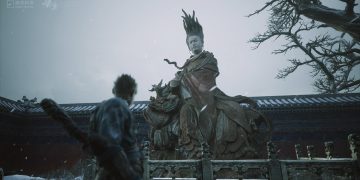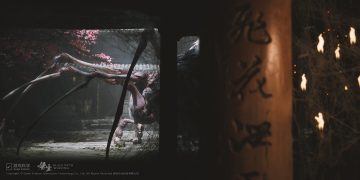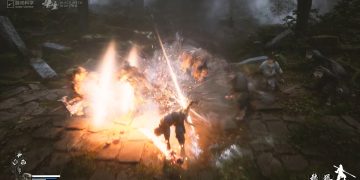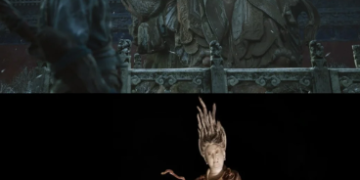As a domestic 3A masterpiece, the game scenes are shot on site and are mostly ancient buildings and cultural relics, full of Chinese style. I have to admire the intentions of the producers. I didn’t expect that those traditional ancient buildings that were kept in the boudoir would go to the world in the form of games, which is also a kind of cultural output with immeasurable merits. It is said that there are as many as 36 real-life scenes. I selected some of them to share:
1.Dule Temple in Ji County, Tianjin
Inherited the legacy of the Tang Dynasty and started the Song Dynasty construction. One of the only three remaining Liao Dynasty temples.
2.Yuhuang Temple in Jincheng, Shanxi
Founded in the Northern Song Dynasty, more than 300 Taoist mythological figures sculptures from different periods. Especially the clay sculptures of the twenty-eight constellations, which are praised as “the only one in the country.
Especially the clay sculptures of the twenty-eight constellations, which are praised as “the only one in the country.
3.Iron Buddha Temple in Gaoping, Shanxi
The main hall was buil
t in the Jin Dynasty, and the twenty-four statues of the gods surrounding the temple are colorful sculptures of Buddha. The expressions are vivid and exaggerated, the faces are full and full of imagination.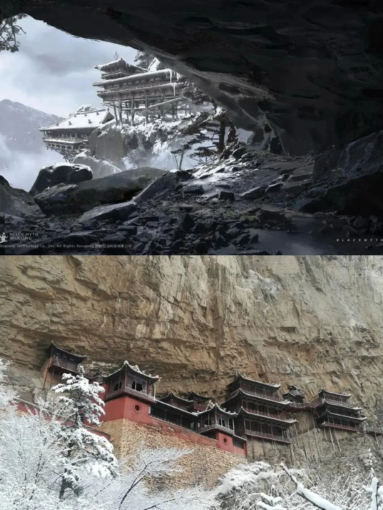
4.Yuhuang Pavilion in Wei County, Hebei
A typical representative of Ming Dynasty architecture on the northern city wall of Wei County.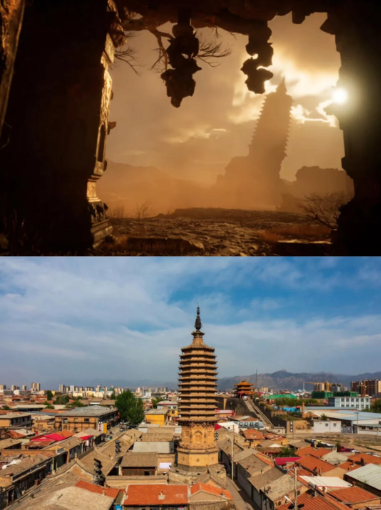
5.Nan’an Temple Pagoda in Wei County, Hebei
First built in the Northern Wei Dynasty and rebuilt in the Liao Dynasty, a 13-story solid dense eaves brick tower.
6.Dazu Rock Carvings in Chongqing
A representative work of stone carving art in the Tang and Song Dynasties, and also an excellent representative work of Chinese late stone art.
7.Xiaoxitian in Xi County, Shanxi
The hanging sculptures in the Ming and Qing Dynasties are magnificent and exquisite in details. They have been dust-free for more than 300 years. The gilded painting is similar to the dragon and phoenix and seal painting of the palace.
8, Shanxi —- Shuozhou Chongfu Temple
The main hall, Amitabha Hall, is from the Jin Dynasty, and is one of the most complete Liao and Jin buildings. The forehead, statues, murals, carved doors and windows, and glazed ridge decorations of the Amitabha Hall of Chongfu Temple are known as the “Five Wonders of the Jin Dynasty”.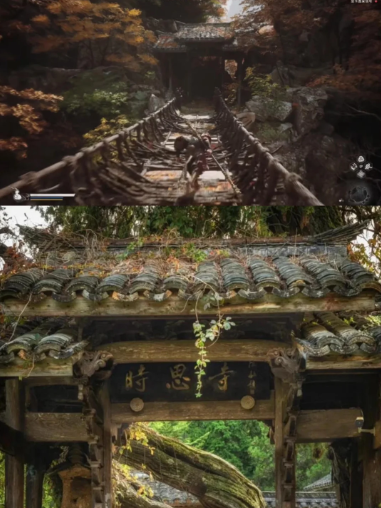
9, Shanxi —- Hengshan Hanging Temple
Built in the Northern Wei Dynasty, it is named after the integration of Buddhism, Taoism, and Confucianism.
10, Shanxi —- The Sutra Pillar at the Gate of the East Hall of Foguang Temple
One of the oldest wooden buildings in the Tang Dynasty. The Tang Dynasty architecture, colored sculptures, murals, and inscriptions of the East Hall are the “Four Wonders” of Foguang Temple.
11, Yunnan —- Three Pagodas of Chongsheng Temple in Dali
The big pagoda was first built in Nanzhao. It is a 16-story square dense eaves hollow brick pagoda, which is a typical Tang Dynasty architectural style: the outer wheel line of the north and south small pagodas is conical, and the architectural style of the Song Dynasty.
12, Sichuan —- Cliff Sculptures of Mingshan Temple
Built in the Northern Song Dynasty, well preserved. The tall stone statues are lifelike and have a mysterious charm of a thousand years.
13, Fujian —- Kaiyuan Temple Twin Towers
First built in the Five Dynasties and Tang Dynasty, and rebuilt into stone towers in the Song Dynasty, the twin towers are imitating the pavilion-style wooden tower structure, octagonal and five-story, magnificent, and a treasure of stone tower architecture.
14, Zhejiang —- Lishui Shisi Temple
First built in the Southern Song Dynasty, it has both the architectural style of the Song Dynasty and the influence of Fujian local architecture, with unique structure and shape.


